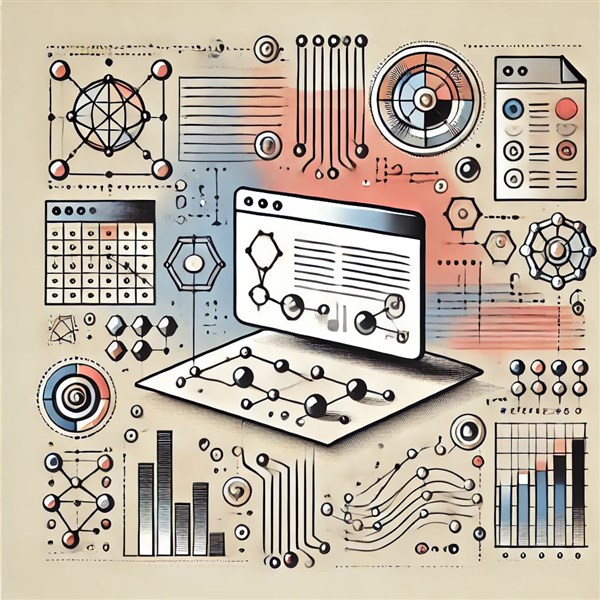
In the ever-evolving world of data analytics, web scraping has become an indispensable skill for gathering valuable data from the internet. Whether it's for market research, competitive analysis, or academic research, web scraping allows individuals and businesses to extract relevant data from websites in an automated and efficient manner.
For those seeking to master this skill, enrolling in a web scraping course is one of the best ways to gain hands-on experience and knowledge. These courses provide comprehensive training on a variety of web scraping tools and techniques, empowering learners to handle complex data extraction tasks with ease. In this blog, we will take a detailed look at the most popular web scraping tools—BeautifulSoup, Scrapy, and Selenium—and explore how they are taught in web scraping courses.
Web Scraping Tools You’ll Learn in a Web Scraping Courses
1. BeautifulSoup: The Beginner-Friendly Web Scraping Tool
BeautifulSoup is one of the most widely-used libraries for web scraping in Python. Known for its simplicity and ease of use, it is an excellent choice for beginners just starting with web scraping.
What You’ll Learn in a Web Scraping Course
- Parsing HTML and XML: BeautifulSoup allows users to parse HTML and XML documents, which is essential for extracting specific information from web pages.
- Navigating the Parse Tree: One of the fundamental skills you’ll develop is navigating the hierarchical structure of a webpage’s source code to find tags, attributes, and text.
- Searching and Modifying the DOM: You'll learn how to search for HTML elements using tags, classes, IDs, and other attributes, and how to extract useful information such as text and links.
- Handling Requests and Responses: BeautifulSoup is often used in combination with the requests library to send HTTP requests, retrieve web pages, and then parse and extract the content.
Why BeautifulSoup is Popular
BeautifulSoup is known for its flexibility and simplicity. It handles poorly-formed HTML gracefully, which is often a challenge when scraping real-world websites. It’s ideal for small to medium-sized projects where the structure of the website is not too complex.
Applications
BeautifulSoup is perfect for scraping data from static websites, where the content remains unchanged unless manually updated. It is often used for scraping product information, reviews, blog posts, or articles from various websites.
2. Scrapy: The Powerful, Scalable Web Scraping Framework
Scrapy is a robust open-source web scraping framework, designed for handling large-scale scraping projects. While it has a steeper learning curve compared to BeautifulSoup, it offers powerful features and is highly scalable, making it suitable for more advanced scraping tasks.
What You’ll Learn in a Web Scraping Course
- Spider Creation: Scrapy introduces the concept of a "spider," a Python class that defines how a website should be scraped. You will learn how to create spiders that can follow links, handle requests, and scrape large volumes of data.
- Data Pipelines: Scrapy includes built-in support for data pipelines that allow you to process and store data as it is scraped. You will learn how to clean, validate, and transform scraped data before storing it in formats like CSV, JSON, or databases.
- Handling Dynamic Content: Scrapy can handle dynamic websites that load content via JavaScript by integrating with other tools like Selenium. You'll learn how to scrape websites with JavaScript-rendered content and ensure all data is extracted.
- Robust Error Handling: With Scrapy, you’ll learn how to build resilient spiders that can handle errors like failed requests, retries, and timeouts to ensure your scrapers run smoothly.
Why Scrapy is Ideal for Large-Scale Projects
Unlike BeautifulSoup, Scrapy was built to handle large, complex projects. Its ability to handle concurrent requests and asynchronous processing makes it incredibly efficient when scraping large websites. Scrapy is also ideal for scraping entire websites, collecting data from multiple pages at once.
Applications
Scrapy is typically used for projects that require a higher degree of customization, such as scraping e-commerce sites for prices, inventory, and reviews, or collecting large datasets from research institutions, news agencies, and social media platforms.
3. Selenium: The Web Scraping Tool for Dynamic Websites
Selenium is a popular web scraping tool often used in combination with other scraping libraries. Unlike BeautifulSoup and Scrapy, which work with static content, Selenium is designed to interact with web pages as if you were a user browsing the web.
What You’ll Learn in a Web Scraping Course
- Automating Web Browsers: Selenium allows you to automate interactions with a web browser, such as clicking buttons, filling out forms, and scrolling through pages. You will learn how to use Selenium to simulate a user’s behavior and trigger JavaScript functions that load data dynamically.
- Extracting Data from JavaScript-Rendered Content: Many modern websites use JavaScript to load data after the initial HTML page is rendered. Selenium allows you to extract data from these websites by waiting for the content to load and then scraping it.
- Browser Simulation: You will learn how to control various browsers like Chrome, Firefox, and Edge, and how to configure these browsers for web scraping, such as setting up headless browsers for scraping without opening a visual interface.
Why Selenium is Crucial for Dynamic Content
Selenium is unique because it interacts with web pages just like a human user would, making it ideal for scraping content that is loaded dynamically through JavaScript. This is an essential skill for scraping modern websites, where static scraping methods might fail.
Applications
Selenium is used for scraping complex, JavaScript-heavy websites like social media platforms, online forums, and news sites. It's also beneficial for scraping websites that require user logins or interaction with elements like dropdown menus or sliders.
4. Combining BeautifulSoup, Scrapy, and Selenium for Powerful Web Scraping Solutions
Many web scraping courses go beyond teaching individual tools and teach how to combine them for more powerful and efficient scraping. For example, you might use Selenium to handle dynamic content loading and then pass the page source to BeautifulSoup or Scrapy for parsing and data extraction.
Advanced Techniques Covered in a Web Scraping Course
- Hybrid Scraping with Selenium and Scrapy: Scrapy is ideal for handling large volumes of static data, but dynamic websites require Selenium. A course will teach you how to use these two tools together to scrape dynamic content and manage large datasets.
- Automation of Repetitive Tasks: Automating web scraping tasks is essential for keeping up with constantly changing web content. Courses will teach you how to build automated scripts that run on a schedule and collect data without manual intervention.
Conclusion
A web scraping course is an excellent opportunity to acquire skills in some of the most powerful web scraping tools available today. From BeautifulSoup for beginners to Scrapy and Selenium for advanced users, mastering these tools will give you the ability to collect data from virtually any website, whether static or dynamic.
Whether you're looking to extract product information, monitor competitors, or gather valuable insights for research, the skills you’ll gain from learning these tools will enhance your data analysis capabilities and open up new career opportunities in data science, business intelligence, and web development.

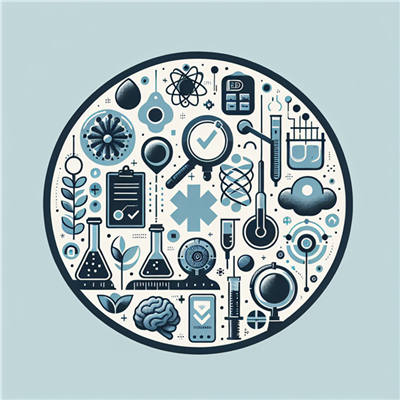
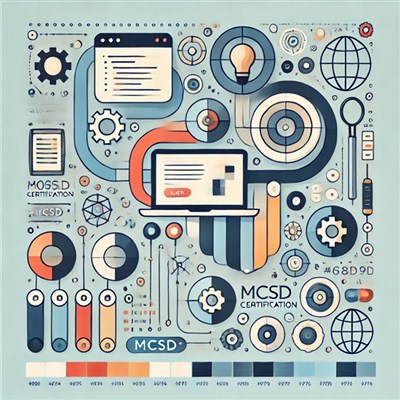

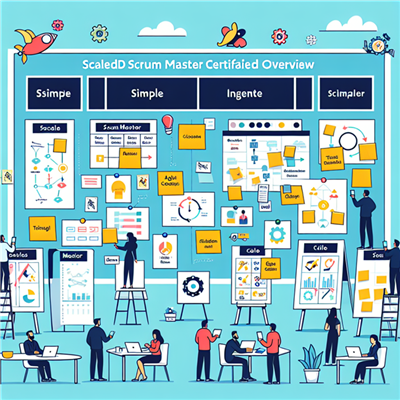

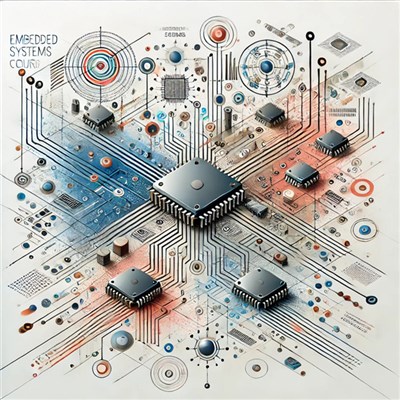
COMMENT